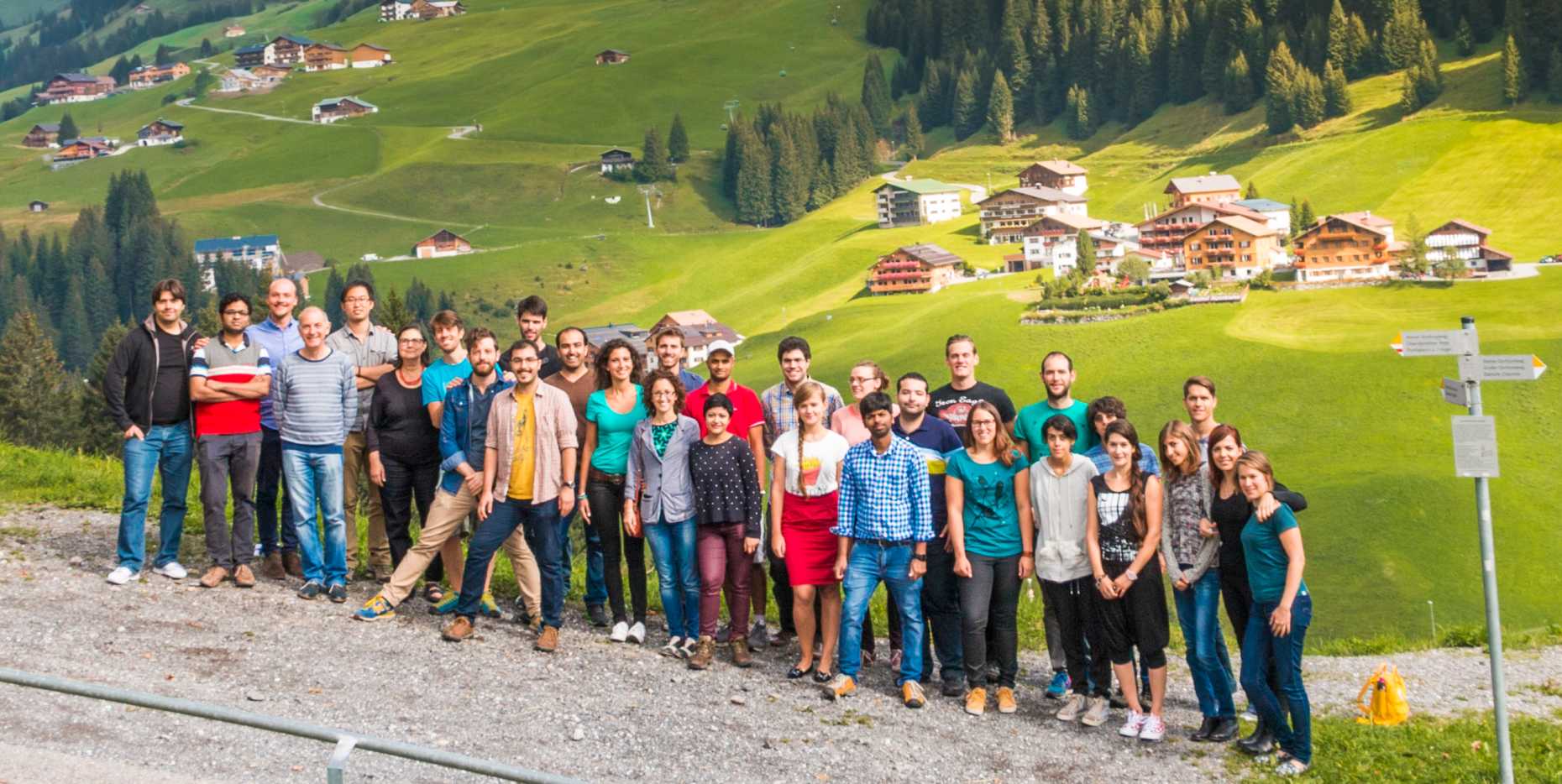The Group

The Laboratory for Surface Science and Technology (LSST) was founded in 1993, upon the arrival of Prof. Nicholas Spencer at the ETH. Since the beginning, it has focussed on the application of surface-analytical techniques and functionalization approaches to problems of technological interest, particularly in the areas of tribology and biointerfaces.
While initial studies chiefly involved the application of ultrahigh vacuum methods, such as x-ray photoelectron spectroscopy, the group has been increasingly moving in the direction of the solid-liquid interface, with the adoption of techniques such as fluorescence microscopy, optical waveguide lightmode spectroscopy (OWLS), the dynamic mode of the quartz crystal microbalance (QCM-D), spectroscopic ellipsometry (VASE), and the newly developed transmission interferometric adsorption sensor (TInAS).
Surface-chemical functionalization approaches have ranged from the adsorption of monolayers of small molecules (thiols, silanes, catechols, phosphates…), through the adsorption of biomolecules (proteins, DNA, sugars), to the adsorption or growth of polymers on surfaces. Surface morphologies have been varied by approaches including nanoparticle adsorption, grit-blasting, and chemical methods. All surface modifications can also be incorporated into gradient systems, either singly or in combination, yielding a powerful approach to investigating the effects of surface parameters on a wide variety of processes.
Applications include lubricants, implant materials, biosensors, concrete additives, foodstuffs, cosmetics, and many more. Although many industrial collaborations have been undertaken during the history of the group, involving a variety of companies, from startups to multinationals, there has always been a strong fundamental component to the research, especially in the creation of new monolayer adsorbate systems, and the study of surface forces and tribological and biological phenomena.
